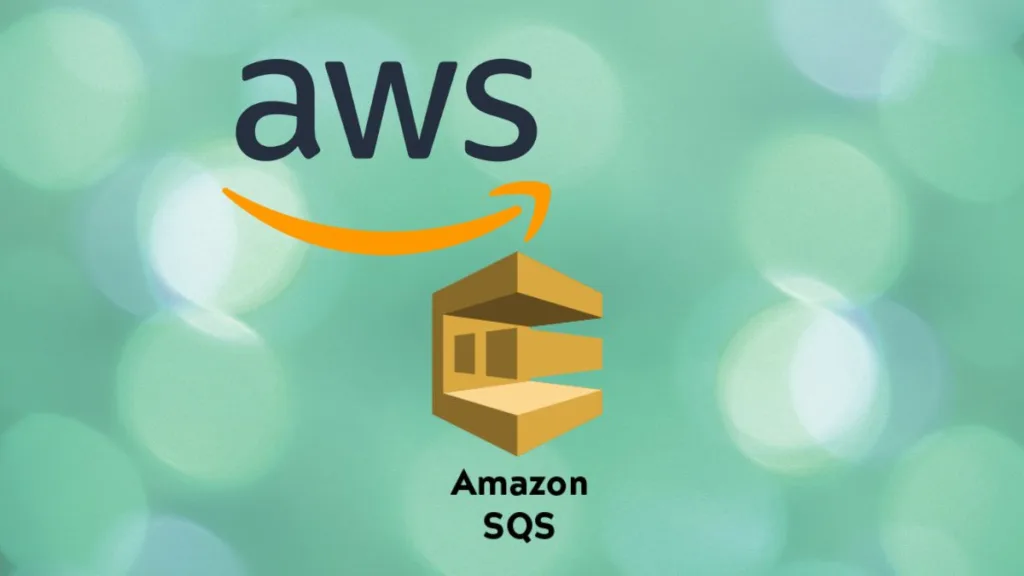I can provide you with the top 10 AWS Simple Queue Service (SQS) interview questions and answers:
10 Essential AWS SQS Interview Questions and Their Answers
- Q: What is AWS SQS, and what are its key features?
A: Amazon Simple Queue Service (SQS) is a managed message queuing service that enables decoupling of components in a cloud application. Key features include scalability, cost-effectiveness, fault tolerance, and security. SQS supports both standard and FIFO (first-in-first-out) queues. - Q: What is the difference between a Standard Queue and a FIFO Queue in SQS?
A: A Standard Queue provides at-least-once delivery, with no guarantee on message ordering. It ensures high throughput and supports unlimited transactions per second (TPS). A FIFO Queue, on the other hand, guarantees that messages are processed in the exact order they were sent, providing exactly-once processing. It supports up to 3000 messages per second with batching or 300 transactions per second without batching. - Q: How does AWS SQS ensure the durability of messages?
A: SQS stores messages redundantly across multiple servers and data centers to prevent data loss. When a message is sent to a queue, it is stored redundantly in the SQS infrastructure until the retention period expires (max 14 days) or the message is deleted after successful processing.
Also Read : Top 10 AWS Simple Email Service Interview Questions - Q: What are the primary components of an SQS message?
A: An SQS message consists of three primary components: Message ID (a unique identifier for the message), Message Body (the actual content of the message), and Metadata (additional attributes related to the message, such as timestamp and sender ID). - Q: How can you control access to an SQS queue?
A: Access to SQS queues can be controlled using AWS Identity and Access Management (IAM) policies. You can create policies that grant or deny specific actions on the queue and attach these policies to IAM users, groups, or roles.
Also Read : - Q: What are Visibility Timeout and Message Retention Period in SQS?
A: Visibility Timeout is the period during which a message is invisible to other consumers after being read from the queue. It prevents duplicate processing of the same message. The default value is 30 seconds, and it can be configured between 0 seconds and 12 hours.Message Retention Period is the duration for which messages are stored in the queue if not deleted. It can be set between 1 minute and 14 days, with a default value of 4 days. - Q: How does SQS handle message delivery failures?
A: SQS uses a redrive policy and dead-letter queues (DLQ) to handle message delivery failures. If a message cannot be processed and deleted within the specified number of attempts, it is moved to a DLQ, allowing further analysis or manual intervention. - Q: Can you use long polling with SQS, and what are its benefits?
A: Yes, SQS supports long polling, which is a technique that enables the service to wait until a message is available before returning a response to a polling request. Long polling reduces the number of empty responses, thus lowering the cost and improving the efficiency of message processing. - Q: How does SQS handle message batching?
A: SQS allows sending and receiving multiple messages in a single request, which is called message batching. Batching improves throughput and reduces the cost associated with a high number of API requests. You can send up to 10 messages in a single SendMessageBatch request and receive up to 10 messages in a single ReceiveMessage request. - Q: How do you monitor and troubleshoot an SQS queue?
A: You can monitor and troubleshoot an SQS queue using various AWS services and features. Amazon CloudWatch provides key metrics, such as the number of messages sent, received, and deleted, message latency, and visibility timeouts. CloudTrail logs API calls, helping you track changes to the queue configuration and usage. To analyze the performance or issues with message processing, you can use AWS X-Ray to trace requests and responses between the components of your application.
These top 10 AWS SQS interview questions and answers should help you demonstrate your understanding of the service and its features, enabling you to excel in an interview as a Cloud Developer with experience in AWS services.
For an even deeper understanding of AWS Simple Queue Service (SQS), consider referencing the following resources:
- Amazon’s official AWS Simple Queue Service (SQS) documentation: https://docs.aws.amazon.com/AWSSimpleQueueService/latest/SQSDeveloperGuide/welcome.html
- Amazon’s SQS FAQs: https://aws.amazon.com/sqs/faqs/
- AWS Official Blog for SQS: https://aws.amazon.com/blogs/?blog-posts-cards.sort-by=item.additionalFields.createdDate&blog-posts-cards.sort-order=desc&awsf.blog-posts-blog=blog%23aws-queue-service
- AWS Certified Developer – Associate Course by A Cloud Guru: https://acloudguru.com/course/aws-certified-developer-associate
- AWS official training and certification resources: https://aws.amazon.com/training/
- AWS re:Invent sessions on SQS (available on YouTube)
Remember, hands-on experience is as valuable as theoretical knowledge. Try to get practical exposure to the service by integrating it into a small project or through problem-solving exercises. This will ensure that your understanding is not merely abstract but also practical, aiding you to excel in an interview scenario and beyond.


